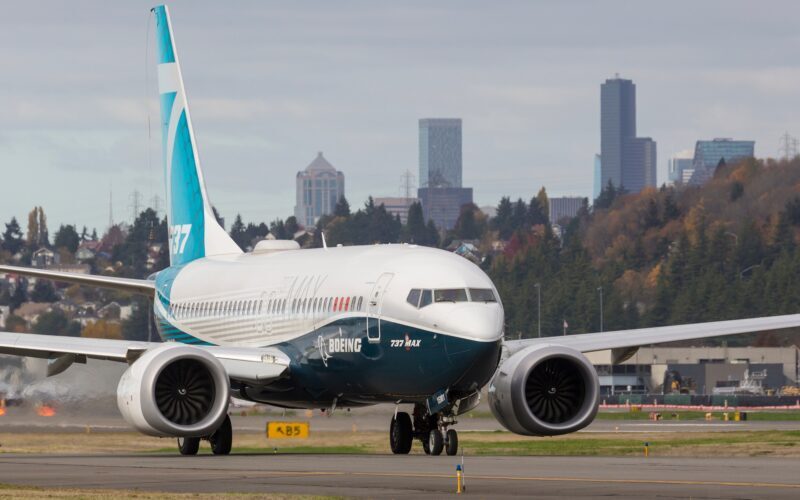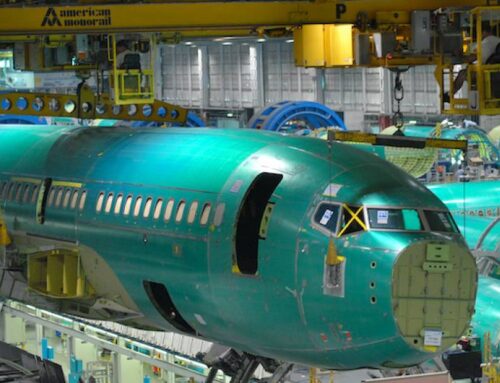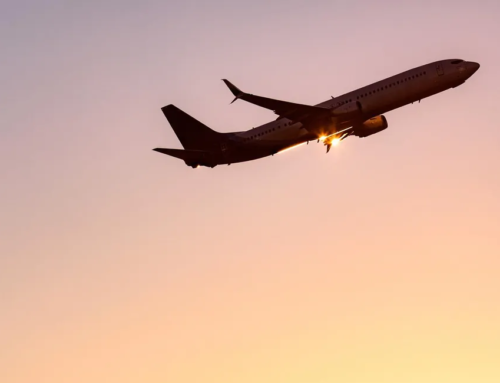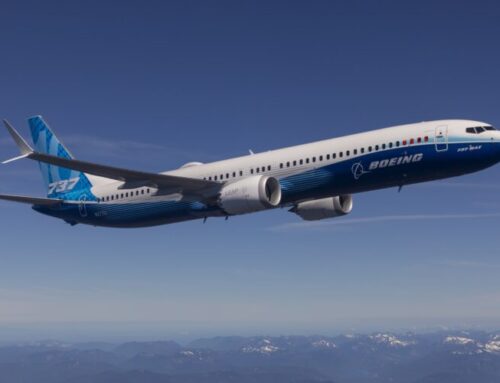
Boeing is continuing its efforts to implement safety improvements aimed at mitigating risks and preventing crises. Almost five years after the first Boeing 737 Max crash, the company remains committed to addressing issues and enhancing safety measures.
In its second Chief Aerospace Safety Officer report, Boeing highlights more than 10 significant achievements made in the past year. These accomplishments include the adoption of new digital and analytic tools, improved communication with customers, workshops, training programs, increased employee engagement, and safety risk management evaluations with major airlines.
Following the tragic crashes of Lion Air Max 8 in October 2018 and Ethiopian Airlines Max 8 in March 2019, which claimed nearly 350 lives, Boeing established the position of “Chief Aerospace Safety Officer” in January 2021. These crashes were partially attributed to flaws in the design, development, and evaluation of the Max’s Maneuvering Characteristics Augmentation System (MCAS), which erroneously activated during the flights, leading to uncontrollable dives.
Various crash reports identified additional contributing factors such as pilot actions, maintenance issues, and oversight shortcomings by the Federal Aviation Administration (FAA) in regulating Boeing engineers. Consequently, Boeing undertook a thorough assessment of its safety culture and processes.
In 2019, Boeing realigned its engineering structure, ensuring that its 50,000 engineers report directly to the company’s Chief Engineer rather than individual business units, in an effort to enhance safety.
Leading the safety initiative is Chief Aerospace Safety Officer Michael Delaney, who also holds a seat on the company’s executive council. Delaney previously served as Boeing’s Vice President of Commercial Engineering and Vice President of Airplane Development.
In response to the Max crashes, Boeing implemented a Safety Management System (SMS), which is a comprehensive organizational framework designed to integrate safety across all Boeing operations. The FAA approved the SMS in December 2021.
A noteworthy aspect of Boeing’s safety efforts is its “Global Aerospace Safety Initiative,” which involves embedding flight operations experts at aircraft operators. This initiative ensures that operators receive hands-on training in risk management and assessment. The representatives, often retired airline pilots with extensive flight experience, facilitate communication between the operator and Boeing, allowing for a collaborative approach to safety.
Boeing’s SMS also emphasizes the collection and analysis of data from various sources, including airlines, to identify potential safety issues across its global fleet. Vishwa Uddanwadiker, Boeing’s Vice President for Aerospace Safety Analytics and Safety Experience, leads the team responsible for consolidating this data. The objective is not solely to prevent accidents but also to detect any anomalies or uncertainties in patterns that could indicate systemic issues.
While Boeing acknowledges the significance of artificial intelligence (AI) in supporting safety processes, the company remains cautious about its implementation. Delaney believes that AI will be a tool rather than a revolutionary game-changer, with initial applications likely focusing on human factors, pilot training, and addressing ongoing challenges in aviation and aerospace.
Boeing recognizes that its transformation towards enhanced safety measures will require time and effort. The company is dedicated to building on a solid foundation and learning from the lessons of recent years. Boeing’s commitment to safety is an ongoing journey aimed at ensuring the highest standards in the aerospace industry.
Sources: AirGuide Business airguide.info, boeing.com, flightglobal.com, bing.com







